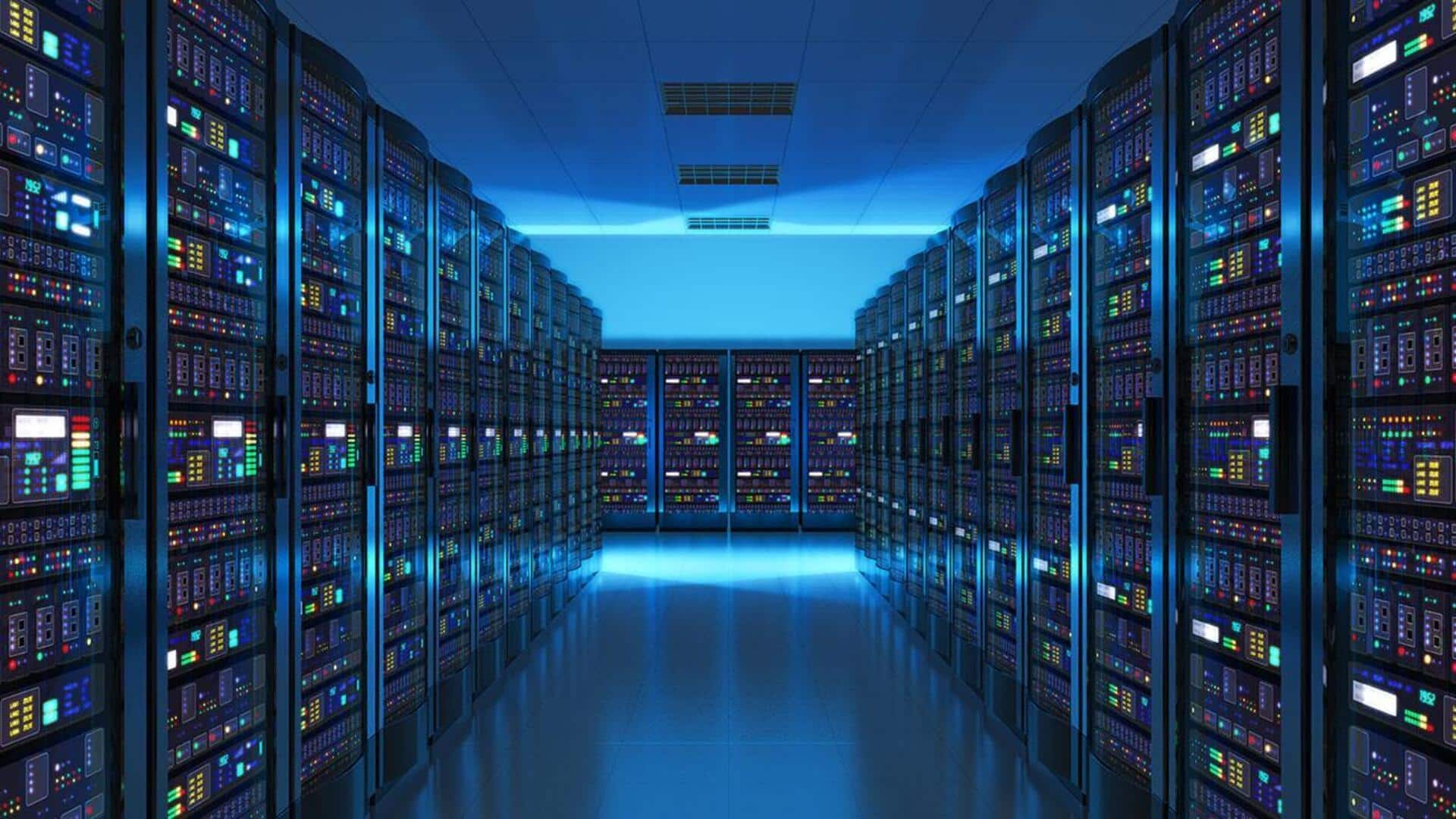
Google agrees to pause AI workloads during peak electricity demand
What's the story
In a bid to protect power grids, Google has announced that it will pause non-essential artificial intelligence (AI) workloads. The tech giant already employs this strategy for other non-essential tasks, such as processing YouTube videos. Instead of continuing these processes in areas where energy demand is high and affects the grid, Google moves them to data centers with available power resources.
Strategic alliance
Agreement with energy companies
Google's new strategy comes as part of a deal with Indiana Michigan Power (I&M) and the Tennessee Valley Authority (TVA). Under this agreement, if there is a spike in energy demand or a grid disruption caused by extreme weather, these companies can ask Google to cut down its power consumption. This can be done by rescheduling workloads or postponing non-urgent tasks until the situation normalizes.
Power management
Google's 'demand response'
Google calls its approach to adjusting power consumption "demand response." The company believes this method will allow for faster integration of new data centers, as utilities would be less worried about them causing brownouts or outages. In a blog post, Google said, "By including load flexibility in our overall energy plan, we can manage AI-driven growth even where power generation and transmission are constrained."
Energy demand
AI's energy consumption
Training and running AI models can consume huge amounts of power, often in the range of tens or hundreds of megawatts. This can last for hours, days, or even weeks depending on the complexity of the task. However, not all workloads need to run continuously. Innovations in checkpointing technology mean that a model could be trained only at night when grid capacity is highest.
Tech development
Limitations of demand-response technology
Despite its potential, demand-response technology is still in its early stages and is only being used at a few Google data centers. The tech giant also notes that this method doesn't work for certain high-demand workloads like Search, Maps, or its cloud business. While Google can easily pause its own machine learning workloads as needed, it can't do the same for cloud customers' AI jobs without causing disruptions.
Green initiatives
Google's push for alternative energy sources
Along with demand-response technology, Google is also investing heavily in alternative energy sources such as geothermal, solar, wind, hydroelectric and nuclear power. The company wants to deploy small modular reactors as soon as possible. In May, it signed an agreement with Elementl Power to help develop three potential reactor sites in the US.